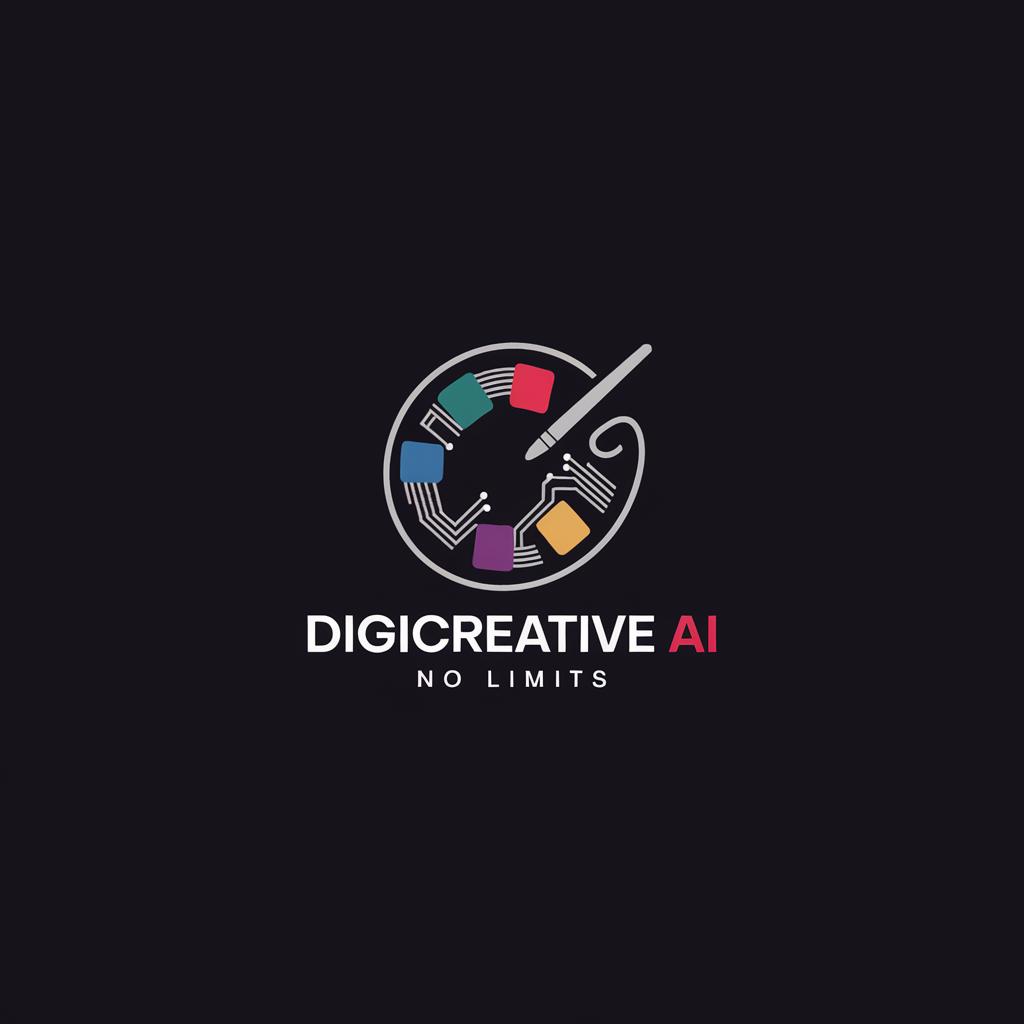No products added!
October 17, 2025
0 Comments
- Emerging Shifts & Immediate Updates: Your Essential Guide to breaking news and the Events Redefining Our World.
- The Speed of Information: How Events Become News
- The Role of Technology in News Gathering & Dissemination
- The Impact of Social Media on News Consumption
- Navigating Misinformation & Ensuring Media Literacy
- The Role of Algorithms and Filter Bubbles
- The Future of News: Emerging Trends and Challenges
Emerging Shifts & Immediate Updates: Your Essential Guide to breaking news and the Events Redefining Our World.
In today’s rapidly evolving world, staying informed about breaking news is more critical than ever. The constant flow of information – from political shifts and economic changes to scientific discoveries and global events – demands a reliable source for understanding the forces shaping our present and future. This guide serves as your essential resource for navigating this complex landscape, offering insights into the factors driving current events and providing context for informed decision-making. We aim to provide a clear and accessible overview of how news is generated, disseminated, and consumed in the 21st century.
The Speed of Information: How Events Become News
The speed with which events transform into news stories has dramatically increased. Historically, news dissemination relied on slower modes: print media, radio, and early television broadcasts. These methods inherently had a delay, allowing for a degree of vetting and analysis before information reached the public. Today, with the rise of social media and 24-hour news channels, events are often reported in real-time, fueled by citizen journalism, live streams, and instantaneous updates. This immediacy, however, presents challenges regarding accuracy and verification.
The landscape of journalism is also changing. Traditional news organizations are adapting to the digital age, while new online platforms are emerging, often prioritizing speed over thorough investigation. Understanding the sources of information – whether established news agencies, independent journalists, or social media personalities – is crucial for discerning reliable content from misinformation. Furthermore, the proliferation of algorithms influencing what news we see creates filter bubbles, potentially reinforcing existing biases.
| Slower dissemination | Instantaneous updates |
| Emphasis on vetting & analysis | Prioritizes speed, potential for inaccuracies |
| Gatekeepers (editors, journalists) | Decentralized, citizen journalism |
The Role of Technology in News Gathering & Dissemination
Technology has revolutionized every aspect of news gathering and dissemination. Satellite communication allows for immediate reporting from even the most remote corners of the globe. Data journalism, employing techniques of statistical analysis and visualization, provides deeper insights into complex issues. Artificial intelligence (AI) is increasingly used to automate certain tasks, such as transcribing interviews, identifying emerging trends, and even writing basic news reports. However, the use of AI also raises ethical concerns about potential biases and the displacement of human journalists.
The sheer volume of data available to journalists is enormous. Social media monitoring tools allow news organizations to track developing stories, identify key influencers, and gauge public sentiment. Geographic Information Systems (GIS) enable the creation of interactive maps and visualizations, illustrating the spatial dimensions of events. The challenge lies in efficiently sifting through this deluge of information and discerning credible sources from unreliable ones, whilst prioritizing real-time accuracy.
The Impact of Social Media on News Consumption
Social media platforms have become a primary source of news for millions of people worldwide. However, this shift comes with significant implications. Algorithms designed to maximize user engagement often prioritize sensational or emotionally charged content, potentially exacerbating polarization and spreading misinformation. The spread of fake news on social media has become a major concern, eroding trust in traditional media and undermining democratic processes. Furthermore, echo chambers and filter bubbles can limit exposure to diverse perspectives.
The challenge for individuals is to develop critical thinking skills and media literacy. This includes verifying information from multiple sources, evaluating the credibility of news organizations, and being aware of the potential for bias. News organizations are also experimenting with new strategies to combat misinformation, such as fact-checking initiatives, content labeling, and collaborative reporting projects. Recognizing the algorithms at play and seeking diverse viewpoints are important steps in responsible news consumption.
- Be skeptical of headlines – investigate beyond the initial claim.
- Check the source – is it a trusted news organization?
- Look for supporting evidence – are claims backed up by facts?
- Consult multiple sources – avoid relying on a single perspective.
- Consider the author’s bias – is there an agenda at play?
Navigating Misinformation & Ensuring Media Literacy
The increasing prevalence of misinformation poses a significant threat to informed public discourse. False or misleading information can spread rapidly online, often disguised as legitimate news. Identifying and combating misinformation requires a multifaceted approach, involving individual responsibility, media accountability, and technological solutions. One crucial aspect is media literacy education, equipping individuals with the skills to critically evaluate information and discern fact from fiction.
Fact-checking organizations play a vital role in debunking false claims and holding news organizations accountable. These organizations employ teams of journalists and researchers to verify information and assess the accuracy of reports. Technology companies are also developing tools to detect and flag misinformation on their platforms, though these efforts are often imperfect. More broadly, promoting ethical journalism, strengthening media standards, and fostering a culture of critical thinking are essential for safeguarding the integrity of the information ecosystem.
The Role of Algorithms and Filter Bubbles
Algorithmic curation plays a dominant role in shaping our news feeds. These algorithms use complex calculations to determine what content we see, based on factors such as our browsing history, social network connections, and expressed preferences. While algorithms can personalize our news experience, they also create filter bubbles, limiting our exposure to diverse perspectives and reinforcing existing biases. This can lead to increased polarization and a fragmented understanding of complex issues.
Breaking free from filter bubbles requires conscious effort. Diversifying news sources, actively seeking out opposing viewpoints, and engaging in respectful dialogue with people who hold different beliefs can broaden our understanding of the world. Being aware of how algorithms work – and actively taking steps to mitigate their influence – is crucial for responsible news consumption. Ultimately, a healthy democracy requires an informed citizenry capable of critical thinking and reasoned debate.
- Actively seek out diverse news sources, representing different political viewpoints.
- Follow journalists and organizations with a commitment to unbiased reporting.
- Engage in respectful dialogue with people who hold different beliefs.
- Be mindful of your own biases and how they may influence your interpretation of information.
- Support independent journalism and fact-checking organizations.
The Future of News: Emerging Trends and Challenges
The future of news is likely to be shaped by several key trends. The continued growth of mobile devices and social media will further accelerate the pace of information dissemination. The emergence of new technologies, such as virtual reality and augmented reality, may create immersive news experiences. Generative AI tools present both opportunities and challenges, potentially automating certain aspects of journalism while also raising concerns about authenticity and accuracy. Addressing these challenges requires ongoing innovation and adaptation.
Maintaining public trust in the media will be paramount. This requires a commitment to ethical journalism, rigorous fact-checking, and transparency. Strengthening media literacy and fostering a culture of critical thinking are also crucial. As the information landscape continues to evolve, it is essential that we develop the skills and tools necessary to navigate the complexities of the digital age and remain informed, engaged citizens.









